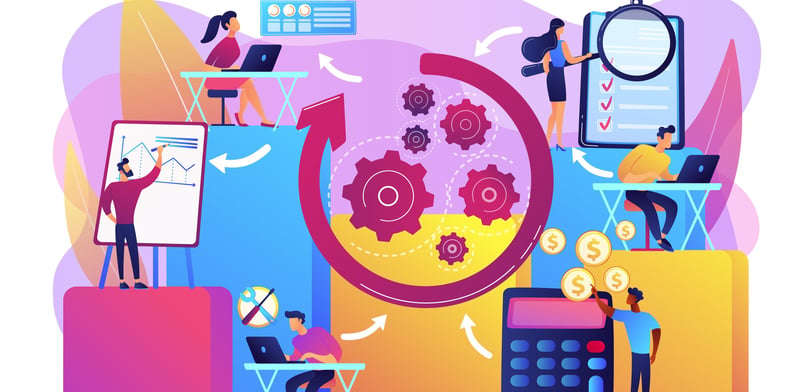Product Requirement Document: Product Lifecycle Management System
Blog post description.
10/8/20242 min read


Key Components
1. Product Vision
The Internal PLM System aims to revolutionize our ERP product development and management processes by providing a comprehensive, collaborative platform that streamlines the entire product lifecycle of our ERP modules, from ideation to retirement, enabling our teams to develop higher quality ERP solutions faster and more efficiently.
2. Business Requirements
Cost Efficiency: Develop in-house to avoid licensing costs of commercial PLM solutions
ROI Metrics: Reduce time-to-market for new ERP features by 30%, improve bug resolution time by 40%
Resource Allocation: Dedicate an internal team for development and maintenance
3. Target Users and Categorization
Internal teams within our ERP company:
a) Product Managers: Oversee ERP module development, use reporting and analytics b) Software Developers: Primary users of version control and code management features c) Quality Assurance Teams: Utilize testing management and bug tracking tools d) Customer Support: Access documentation and customization records e) Executive Leadership: Use high-level dashboards for strategic decision-making
4. Product Scope
Modules and Features:
ERP Module Data Management
Centralized repository for all ERP module information
Module dependency mapping
Customization tracking for client implementations
Version Control and Development
Integration with Git for code version control
Feature branch management
Code review workflow
Release Management
Release planning and scheduling
Deployment tracking across different environments (dev, staging, production)
Rollback mechanisms
Quality Assurance
Test case management
Automated test integration
Bug tracking and resolution workflow
Customization Management
Client-specific customization tracking
Impact analysis for updates on customized installations
Documentation Repository
Version-controlled technical specifications
User manual management
API documentation
Analytics and Reporting
Development efficiency metrics
Product usage analytics
Customizable dashboards for different roles
5. User Journeys
Example: A product manager initiates a new feature for the Financial module, assigns tasks to the development team, reviews code changes, collaborates with QA on testing, and finally approves the feature for inclusion in the next release, all within the Internal PLM System.
6. Technical Requirements
Built on our existing microservices architecture
Integration with current development tools (Git, Jira, Jenkins)
Real-time data synchronization across all PLM modules
Role-based access control aligned with our organizational structure
High availability with 99.9% uptime
Scalable to handle our growing product portfolio
7. UI/UX Design Requirements
Consistent with our internal tools' design language
Customizable dashboards for different user roles
Intuitive navigation between different modules and products
Dark mode option for developer preference
Responsive design for access on various devices
8. Project Timelines
Month 1: Requirements gathering and system design
Months 2-3: Core data management and version control development
Month 4: Release management and QA module implementation
Month 5: Documentation repository and analytics development
Month 6: Integration with existing tools and initial testing
Month 7: User acceptance testing and feedback collection
Month 8: Refinements and performance optimization
Month 9: Final testing, documentation, and internal launch
9. Acceptance Criteria
Successful integration with our Git repositories and Jira projects
Ability to manage data for all current ERP modules and future scalability
Reduction in release cycle time by at least 25%
Positive user feedback from internal teams (minimum 8/10 satisfaction score)
Successful tracking of at least 95% of customer-specific customizations
10.Future Roadmap Considerations
AI-powered predictive analytics for development efficiency
Integration with customer feedback systems for direct feature request tracking
Expanded analytics for product usage and performance in customer environments
Potential commercialization of the PLM system as a new product offering
